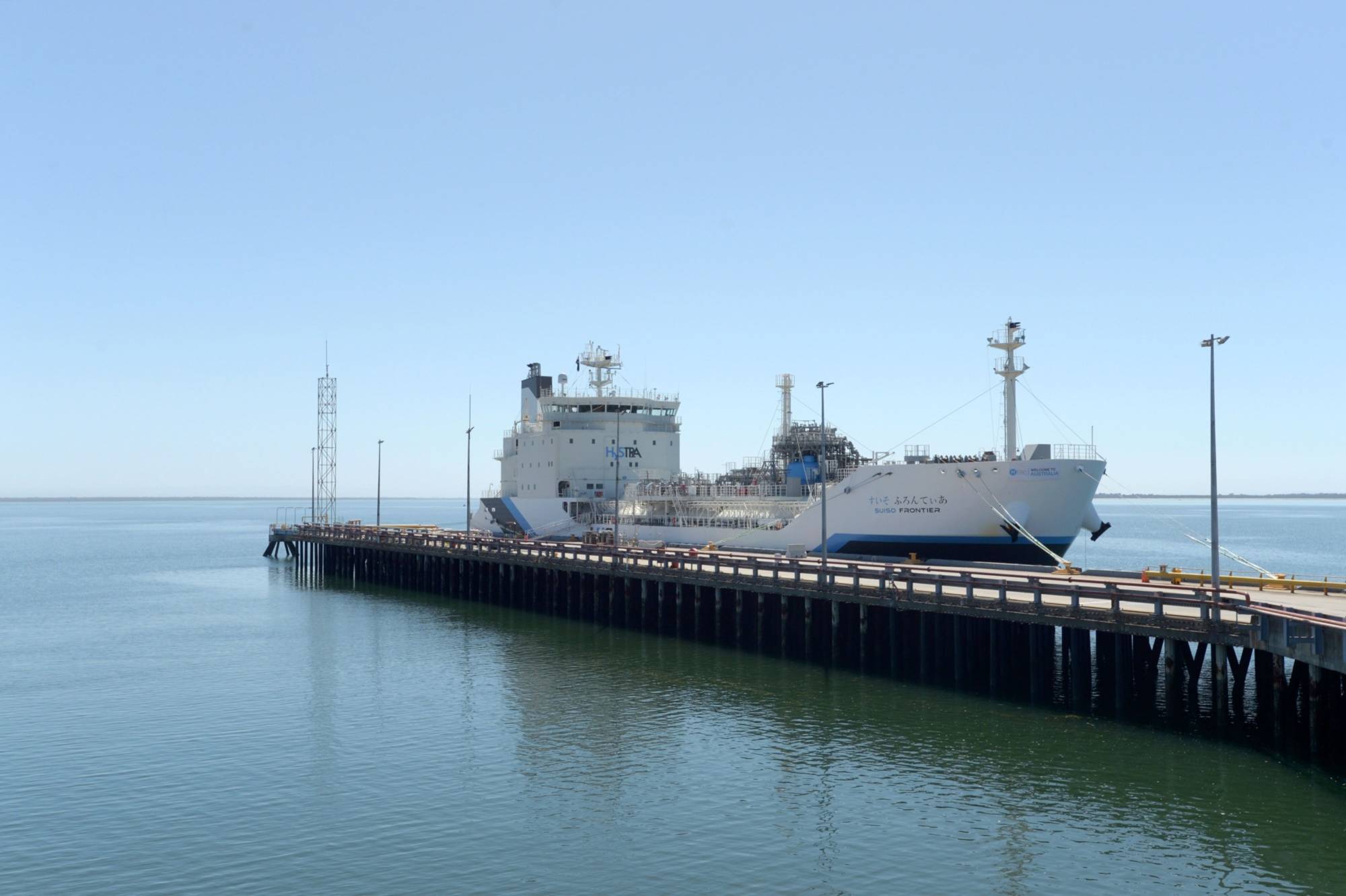Kawasaki Heavy Industries Ltd. (KHI) and other Japan-based firms said Tuesday that a pilot project to transport to Japan hydrogen produced from brown coal in Australia, using the world's first liquefied hydrogen tanker, had been proven technically feasible.
While hydrogen is widely touted as a fuel of the future with zero carbon emissions, it requires intensive energy input with renewables to produce "green hydrogen." Critics say emissions from hydrogen derived from brown coal are twice that of natural gas.
The 500 million Australian dollar (¥42 billion) project, led by KHI and backed by the governments of Japan and Australia in an effort to cut carbon emissions, was originally due to ship its first cargo a year ago, but was delayed by the COVID-19 pandemic.



















With your current subscription plan you can comment on stories. However, before writing your first comment, please create a display name in the Profile section of your subscriber account page.